Art, politics and data meet as Pulsar data stars in a new Design Museum exhibition
The ecosystem of the social web is heavily woven with images and, as a new exhibition at the Design Museum in London’s Kensington created in partnership with Pulsar proves, these images are now becoming more important than ever in politics.
Movements can change almost overnight thanks to a single photograph, people are expressing their personal politics through memes rather than manifestos, and imagery also heavily contributes to how we perceive today’s political class.
To that end, Pulsar data is currently being displayed in the Design Museum exhibition Hope to Nope. And as it shows, it’s never been a more divisive time to be in the public eye; as imagery and data merge to open up a new way of examining our politics, and our politicians.
The exhibition explores “graphic design in the form of internet memes, posters and protest placards is being used by the marginalised and powerful alike to shape political messages like never before.”
As part of the exhibition, data maps from our How Stuff Spreads paper illustrate how numerous small influencers posted about a YouTube video of police brutality during anti-government protests in Izmir, Turkey in 2015, which activists then spread, attracting media attention and going viral on Twitter within 12 hours.
This political video went viral in a different way to more humorous or commercial clips, and illustrating the power of imagery in spreading these sorts of messages. As we examined in this research by Pulsar VP Product and Research Francesco D’Orazio, visuals spread in a different way to words, for example the change in the conversation about refugees after the spread of photographs of the refugee boy Alan Kurdi in 2015.
Data portraits
Similarly, the web has allowed art and politics to merge like never before, and a key point the exhibition makes is that data is also an important part of the new portrait.
We created social media portraits of five world leaders - Theresa May, Emmanuel Macron, Angela Merkel, Vladimir Putin and Nicolas Maduro as part of the exhibition, and the results that came back show that personality is almost as important as political stance. The social media mirror is certainly not a pretty one for politicians.
While it is little surprise that people are not complimentary of politicians online, the power of the unfiltered public opinions offers a striking portrait of today’s leaders. The data we collected over one week at the beginning of 2018 during the Davos summit showed concurring opinions on the personalities of the leaders.
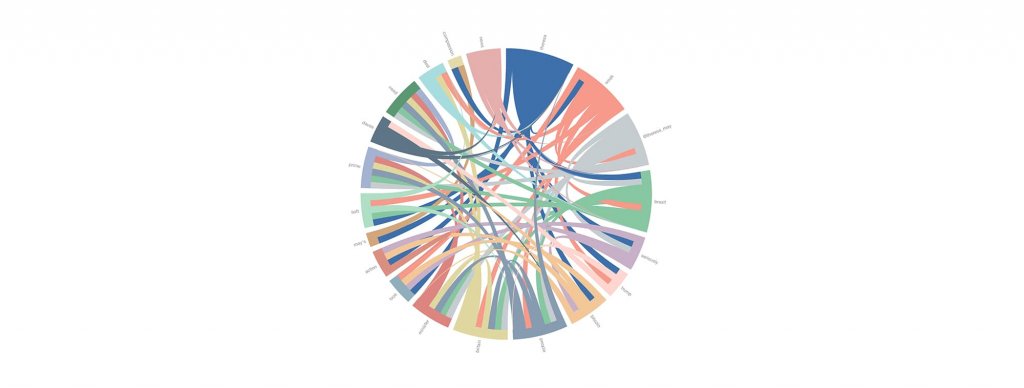
Cluster graph of words associated with Theresa May in the Design Museum Hope To Nope exhibition
Theresa May
Theresa May, trying to lead a “strong and stable” government - as was her election pledge just over a year ago - is actually seen as a lot more weak and wobbly. “Weakness” and “seriousness” were the most common characteristics cited alongside her name in the research, as well as “awkwardness” showing that she might not be the most charming representative of the UK for international summits like Davos. Will her recent position on the Russian spy poisoning change this perception?
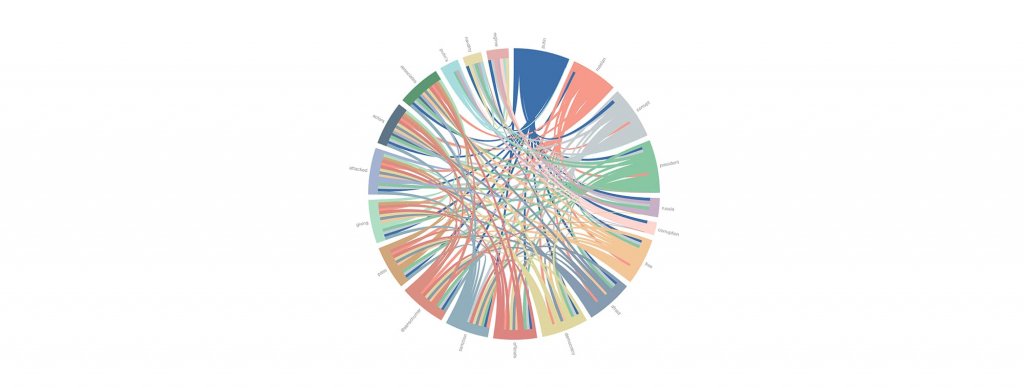
Cluster graph of words associated with Vladimir Putin in the Design Museum Hope To Nope exhibition
Vladimir Putin
Putin may just have been re-elected with his biggest ever majority, but a lot of people seem suspicious. The characteristic most associated with posts around his name was “corruption”, a topic which dominated a strong majority of the conversation - although a small percentage of posts were about his “godlike” characteristics. “Control”, “brutality”, “aggressiveness” and “ruthlessness” also came up, implying that both in and beyond Russia fear is the main emotion associated with Putin.
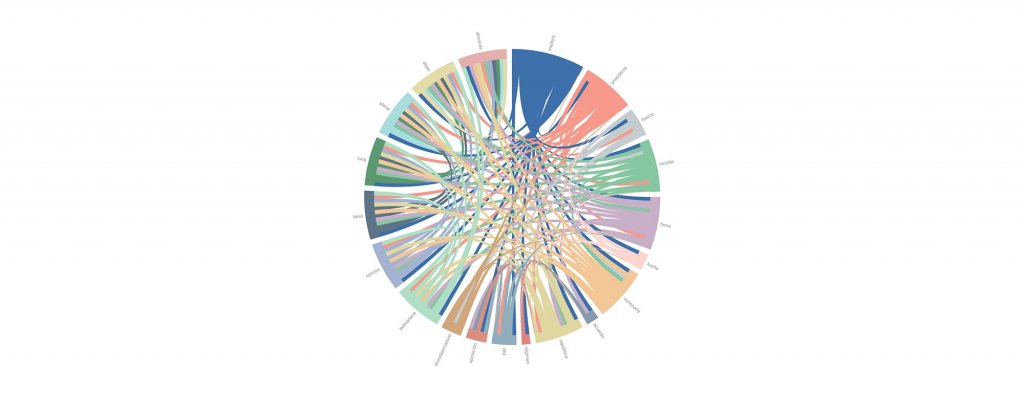
Cluster graph of words associated with Nicolas Maduro in the Design Museum Hope To Nope exhibition
Nicolás Maduro
The Venezuelan leader is often described as a dictator by the mainstream media and the social data seems to back up this theory. “Strength” and “firmness” were two of the largest characteristics associated with him, implying that his ruthless method of governing is used in both support and criticism of him. However, the next largest terms included “ineptitude” and “distrust” giving a strong hint about the impact of the firm regime both in Venezuela and abroad.
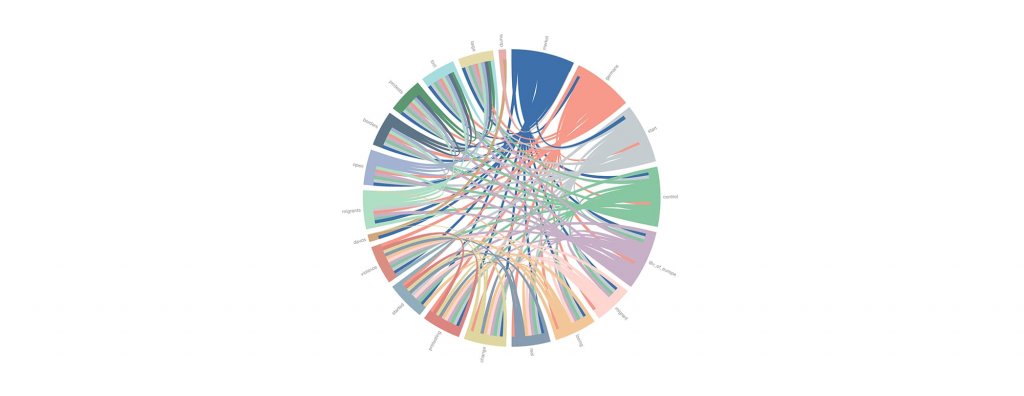
Cluster graph of words associated with Angela Merkel in the Design Museum Hope To Nope exhibition
Angela Merkel
Merkel is currently the subject of criticism around the migrant crisis in both Germany and Europe at large, which were key topics during the Davos summit. Words used in conjunction with her name included “borders”, “protesting”, “migrants” and “destroyed”, and two of the most associated characteristics with her were “weakness” and “destructiveness”. Smaller percentages were associated with her traditional image of traits like “frugality”, “devotion” and “humbleness”, showing that all may not be lost.
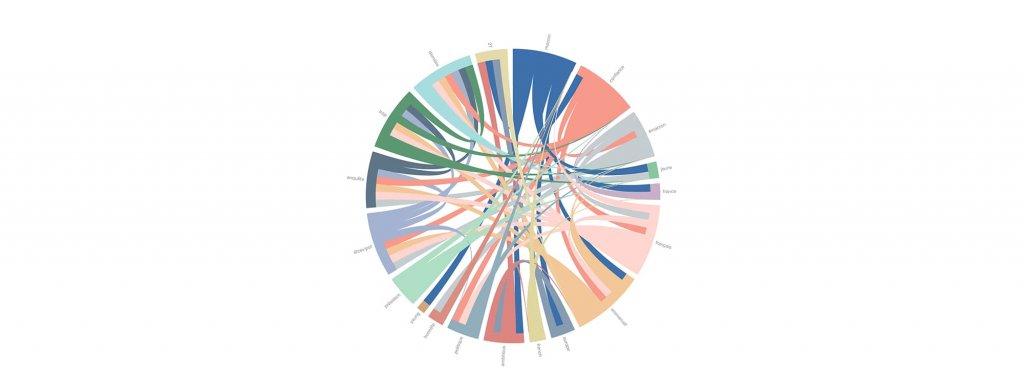
Cluster graph of words associated with Emmanuel Macron in the Design Museum Hope To Nope exhibition
Emmanuel Macron
Macron was the most divisive of the leaders studied, with opinion split between whether his “youthfulness” and “confidence” - two of the key characteristics found to describe him - are a help or a hindrance to how well he can both run the country, and negotiate in a post-Brexit Europe. Given his election was so close, it is not surprising that opinion is split, but other words used alongside his name included “honnête” (honesty), and “ambition”, showing there is hope for his promise to play out.
To see the exhibition and our full data portraits for yourself, visit Hope To Nope, Design Museum, Kensington, London 28 March - 12 August
